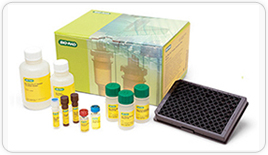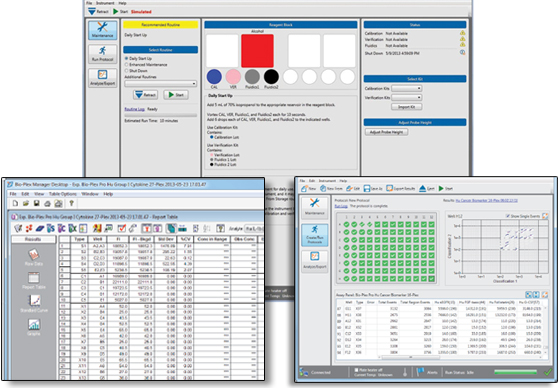
Bio-Plex Pro Human Inflammation Panels allow simultaneous quantification of 37 key biomarkers of inflammation.
Inflammation contributes to seven of the top ten causes of mortality, including heart disease, cancer, and diabetes. This underscores the critical need to identify and monitor underlying inflammation biomarkers — biochemical signs of inflammation — to aid in disease research and drug discovery and development. Other companies have developed products to quantify inflammation biomarkers, but have thus far not been able to deliver a multiplex solution that allows analysis of key inflammation biomarkers in a single assay.
The Bio-Plex Pro Human Inflammation Panel is the first multiplex immunoassay to enable detection of key inflammation biomarkers from the tumor necrosis factor (TNF), human interferon (IFN), matrix metalloproteinases (MMP), and IL-10/regulatory T cell (Treg) cytokine families in one assay. Using this panel, researchers can now study 37 key biomarkers of inflammation simultaneously in a single assay, allowing them to save precious time, money, and sample.
Benefits of Bio-Plex Pro Human Inflammation Panels include:
- Flexible ordering options — the panels are available as premixed and ready-to-use large screening kits (37-plex or 24-plex), a pathway-focused Treg 12-plex kit, singleplex assays, or any custom kits
- Rapid results — multiplex data are generated in 3–4 hours through the use of magnetic beads and protocols that deliver rapid turnaround time
- Easy preparation — Bio-Plex Pro Kits require only a single sample dilution factor and single-level control, simplifying setup
Bio-Plex Pro Human Inflammation Panels are compatible with the Bio-Plex® 100/200,
Bio-Plex® 3D, and Bio-Plex® MAGPIX™ Platforms, as well as all other Luminex-based xMAP Instruments and Software.
For more information about Bio-Rad’s Bio-Plex product portfolio, please visit www.bio‑rad.com/bioplexpr.

















